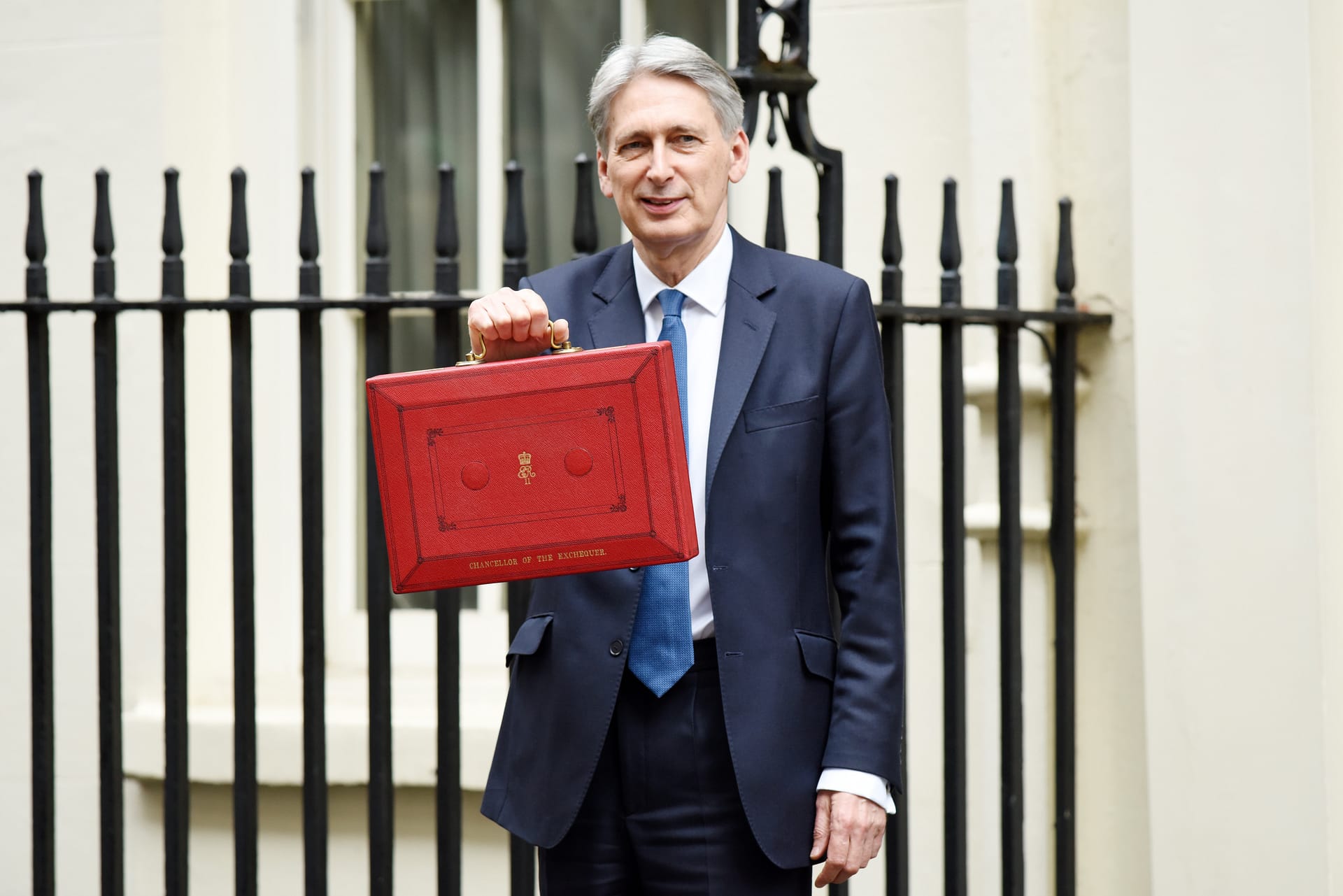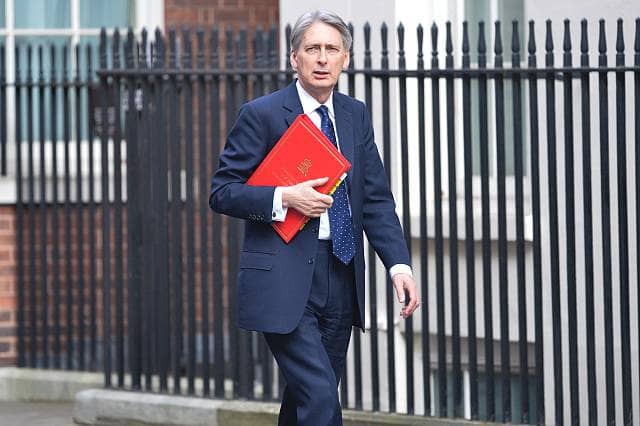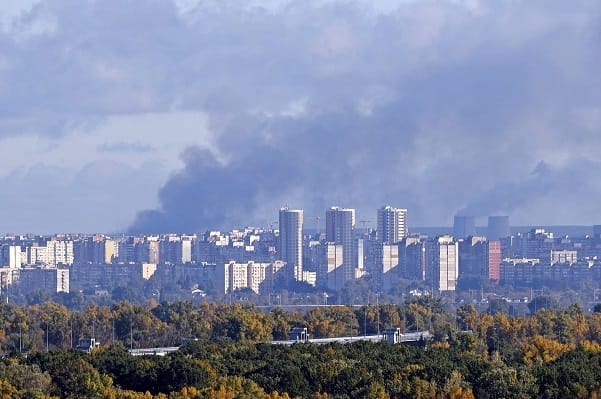Governments effectively choosing to subsidise the use hydrocarbons via cuts in fuel duty, Egypt calling in the IMF to help it handle surging wheat and oil prices and chaos in the nickel market will all have investors wondering just how high commodity prices can go.
Ongoing concerns over the effect of sanctions upon Russian supply cloud the short-term outlook and galloping inflation could make a strong case for the inclusion of commodities in a balanced portfolio should it prove persistent.
The nickel price is coming back to earth after its extraordinary intra-day spike to something close to $100,000 a tonne but the effects of that panic could be felt for some time.
Xiang Guangda, founder of Chinese nickel firm Tsingshan, has joined an infamous list of firms and traders who have had their trousers pulled right down when trading commodities. But neither the humbling experience nor its scale – a reported $8 billion paper loss – are as rare as investors might think.
Now read more:
Fever Tree fires warning over commodity price rises
Ukraine are no longer short of scrap metal as they will turn Russian tanks into a valuable commodity
FTSE given a boost by commodities
“The main lesson to draw from this when it comes to trading commodities may well be ‘don’t try this at home,’ especially when using leverage (or trading margin using borrowed money) to do it. Going all-in on one commodity is simply too risky,” said AJ Bell’s Russ Mould.
“By contrast, a considered long-term view on commodities overall may be a valuable source of upside, as well as downside protection, providing raw materials fit with the investor’s overall strategy, time horizon, target returns and appetite.
“The absence of yield makes valuing commodities difficult and ultimately the downside can only be quantified by assessing the marginal cost of production – anything between $1,200 and $1,400 an ounce for gold right now, for example, judging by the latest updates on their All-In Sustaining Costs (AISC) from the major precious metal miners.
“Once the downside risk is assessed, investors can assess what could provide upside. In truth, the sort of chaos witnessed in the nickel market is not the sort of action that typically occurs when sentiment is washed out and prices are near a bottom, so investors may wish to tread carefully. Equally, central banks cannot print gold or oil or wheat or copper, and with demand seemingly outstripping supply in the case of many raw materials investors can be forgiven for taking a second look and doing some detailed research.
“And once they have assessed the raw materials themselves, investors may then look at commodity-related stocks? They represent almost a fifth of the market capitalisation of the FTSE 100 and are expected to generate around a third of its total profits and dividends in 2022, so further gains or losses could have an impact on the headline index, something which investors who own tracker of exchange-traded funds (ETFs) should consider, even if they have no interest in researching or buying individual stocks themselves.
“No-one can blame investors from shying away from commodities after the shenanigans in nickel, where Xiang Guangda’s troubles stem from a short position.”
This was based on the premise the metal would fall in value. Instead, it rose sharply as traders and industrial buyers fretted about the potential loss of Russian supply and the trader then had to close out his position, buying more metal and creating a self-fulfilling (and in Xiang’s case self-defeating) upward price spiral. The net result was an $8 billion loss, on paper anyway, and entry into a far-from exclusive club of big commodity price losers which includes:
- The Bunker Hunt brothers’ $1.7 billion loss when they tried to corner the silver market in 1979
- The German conglomerate Metallgesellschaft lost $1.3 billion on oil futures in 1993
- Sumitomo’s Yasuo Hamanaka, who lost $2.6 billion in copper in 1996
- Liu Qibing racked up losses thought (but never confirmed) to be more than $1 billion when trading copper for China’s State Reserve Bureau in 2006
- The hedge fund Amaranth blew itself up with a $6 billion loss as natural gas price fell, instead of rising as expected, in 2006






Leave a Comment